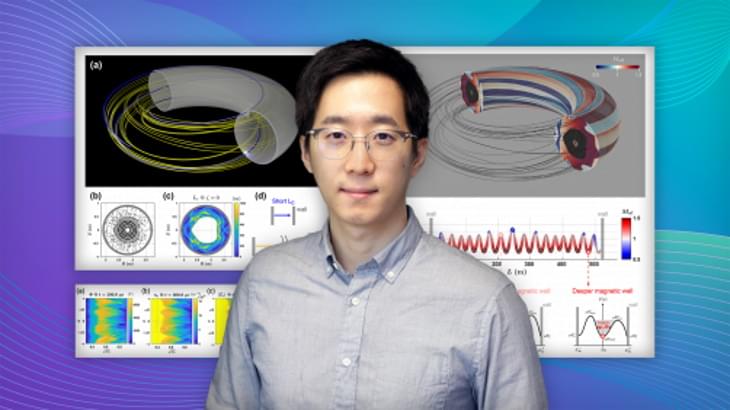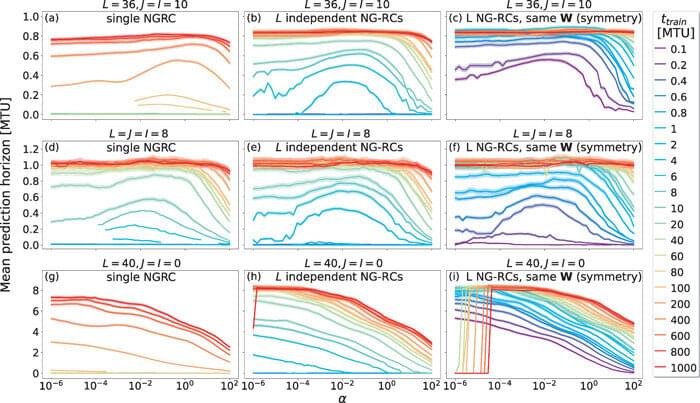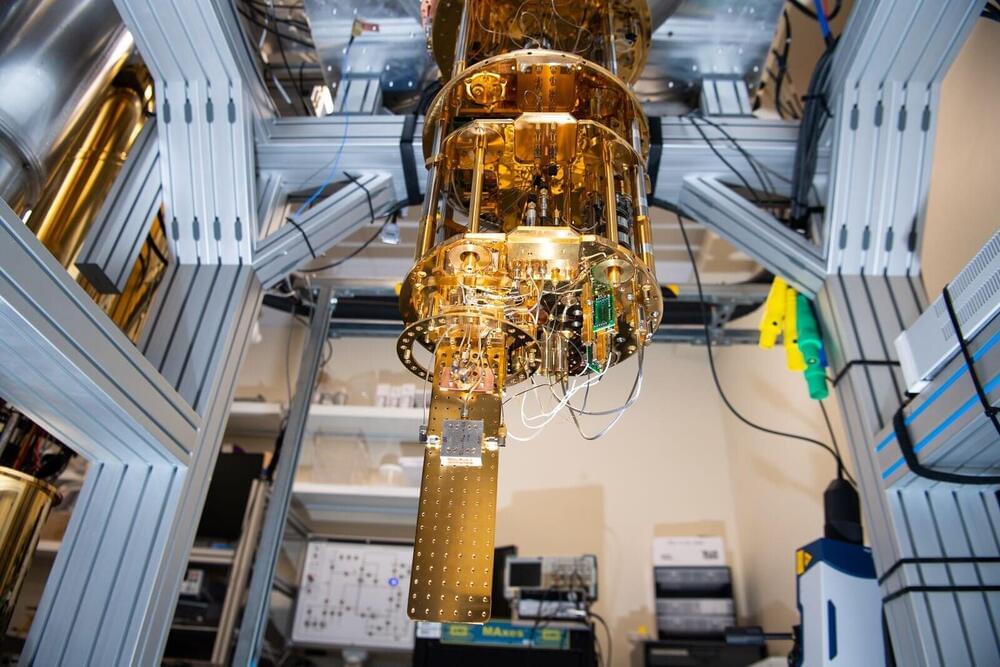A joint letter from Sweden and Denmark to the UN Security Council said “several hundred kilos” of explosives caused the damage in a “deliberate” act.




Physicists at the Princeton Plasma Physics Laboratory (PPPL) have proposed that the formation of “hills and valleys” in magnetic field lines could be the source of sudden collapses of heat ahead of disruptions that can damage doughnut-shaped tokamak fusion facilities. Their discovery could help overcome a critical challenge facing such facilities.
The research, published in a Physics of Plasmas paper in July, traced the collapse to the 3D disordering of the strong magnetic fields used to contain the hot, charged plasma gas. “We proposed a novel way to understand the [disordered] field lines, which was usually ignored or poorly modelled in the previous studies,” said Min-Gu Yoo, a post-doctoral researcher at PPPL and lead author of the paper.
Fusion is the process that powers the Sun and stars as hydrogen atoms fuse together to form helium, and matter is converted into energy. Capturing the process on Earth could create a clean, carbon-free and almost inexhaustible source of power to generate electricity, but comes with many engineering challenges: in stars, massive gravitational forces create the right conditions for fusion. On Earth those conditions are much harder to achieve.

Juncal Arbelaiz Mugica is a native of Spain, where octopus is a common menu item. However, Arbelaiz appreciates octopus and similar creatures in a different way, with her research into soft-robotics theory.
More than half of an octopus’ nerves are distributed through its eight arms, each of which has some degree of autonomy. This distributed sensing and information processing system intrigued Arbelaiz, who is researching how to design decentralized intelligence for human-made systems with embedded sensing and computation. At MIT, Arbelaiz is an applied math student who is working on the fundamentals of optimal distributed control and estimation in the final weeks before completing her PhD this fall.
She finds inspiration in the biological intelligence of invertebrates such as octopus and jellyfish, with the ultimate goal of designing novel control strategies for flexible “soft” robots that could be used in tight or delicate surroundings, such as a surgical tool or for search-and-rescue missions.

The past may be a fixed and immutable point, but with the help of machine learning, the future can at times be more easily divined.
Using a new type of machine learning method called next generation reservoir computing, researchers at The Ohio State University have recently found a new way to predict the behavior of spatiotemporal chaotic systems—such as changes in Earth’s weather—that are particularly complex for scientists to forecast.
The study, published today in the journal Chaos: An Interdisciplinary Journal of Nonlinear Science, utilizes a new and highly efficient algorithm that, when combined with next generation reservoir computing, can learn spatiotemporal chaotic systems in a fraction of the time of other machine learning algorithms.



If you’ve ever tried to carry on a conversation in a noisy room, you’ll be able to relate to the scientists and engineers trying to “hear” the signals from experimental quantum computing devices called qubits. These basic units of quantum computers are early in their development and remain temperamental, subject to all manner of interference. Stray “noise” can masquerade as a functioning qubit or even render it inoperable.
That’s why physicist Christian Boutan and his Pacific Northwest National Laboratory (PNNL) colleagues were in celebration mode recently as they showed off PNNL’s first functional superconducting qubit. It’s not much to look at. Its case—the size of a pack of chewing gum—is connected to wires that transmit signals to a nearby panel of custom radiofrequency receivers. But most important, it’s nestled within a shiny gold cocoon called a dilution refrigerator and shielded from stray electrical signals. When the refrigerator is running, it is among the coldest places on Earth, so very close to absolute zero, less than 6 millikelvin (about −460 degrees F).
The extreme cold and isolation transform the sensitive superconducting device into a functional qubit and slow down the movement of atoms that would destroy the qubit state. Then, the researchers listen for a characteristic signal, a blip on their radiofrequency receivers. The blip is akin to radar signals that the military uses to detect the presence of aircraft. Just as traditional radar systems transmit radio waves and then listen for returning waves, the physicists at PNNL have used a low-temperature detection technique to “hear” the presence of a qubit by broadcasting carefully crafted signals and decoding the returning message.
Join us on Patreon!
https://www.patreon.com/MichaelLustgartenPhD
Bristle Discount Link (Oral microbiome quantification):
ConquerAging15
https://www.bmq30trk.com/4FL3LK/GTSC3/
TruDiagnostic Discount Link (Epigenetic Testing)
CONQUERAGING!
https://bit.ly/3Rken0n.
Quantify Discount Link (At-Home Blood Testing)
https://getquantify.io/mlustgarten.
Cronometer Discount Link (Daily diet tracking):
https://shareasale.com/r.cfm?b=1390137&u=3266601&m=61121&urllink=&afftrack=
Support the channel with Buy Me A Coffee!